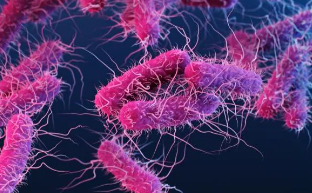India Ranks 79th place in Rule of Law Index Ranking 2024

India ranks 79 out of 142 countries in the 2024 Rule of Law Index published by the World Justice Project. This ranking reflects the current state of governance, fundamental rights, and the business environment in India. Governance Indicators India’s performance on governance indicators is mixed. It ranks 60th in constraints on government powers and 44th in open government. These scores indicate some progress in governance frameworks. However, they also highlight lapses and a lack of coordination in efforts to improve governance. Fundamental Rights India’s score in the protection of fundamental rights is concerning. It ranks 102nd out of 142 countries. This poor performance suggests ongoing issues with the enforcement and respect for citizens’ rights. In terms of order and security ranks 98th. This low ranking points to challenges in maintaining public safety and effective law enforcement. The effectiv...




















